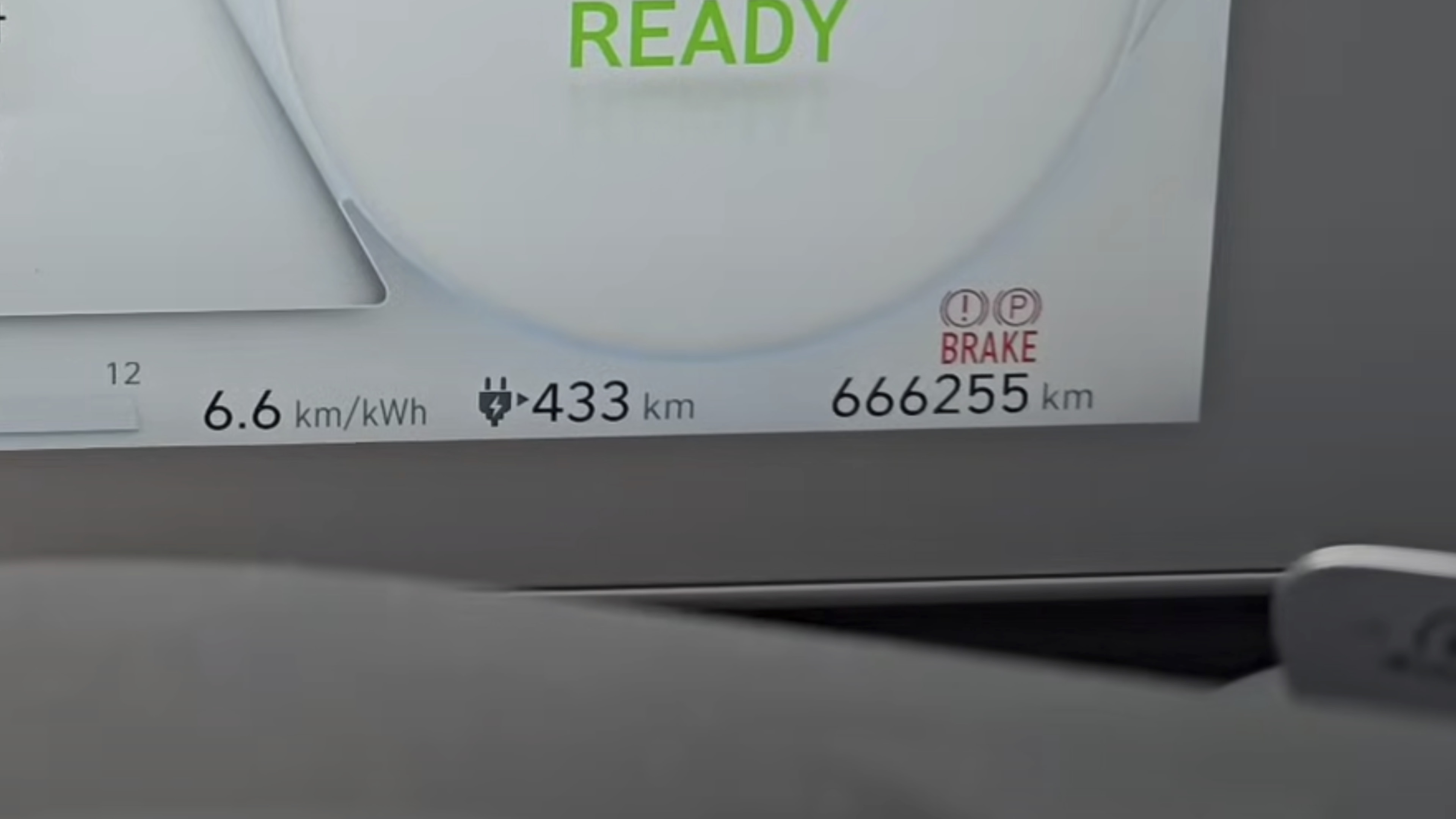
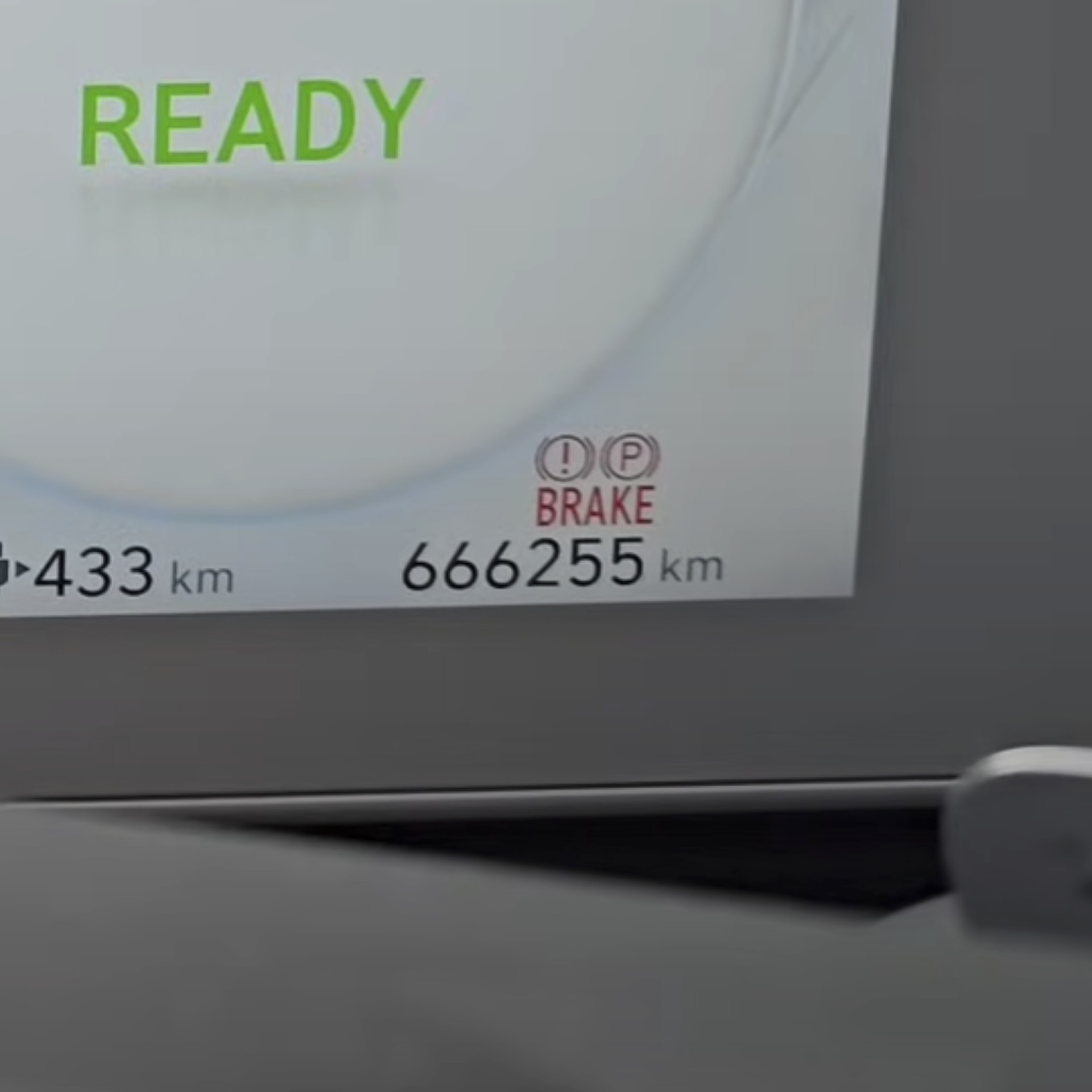


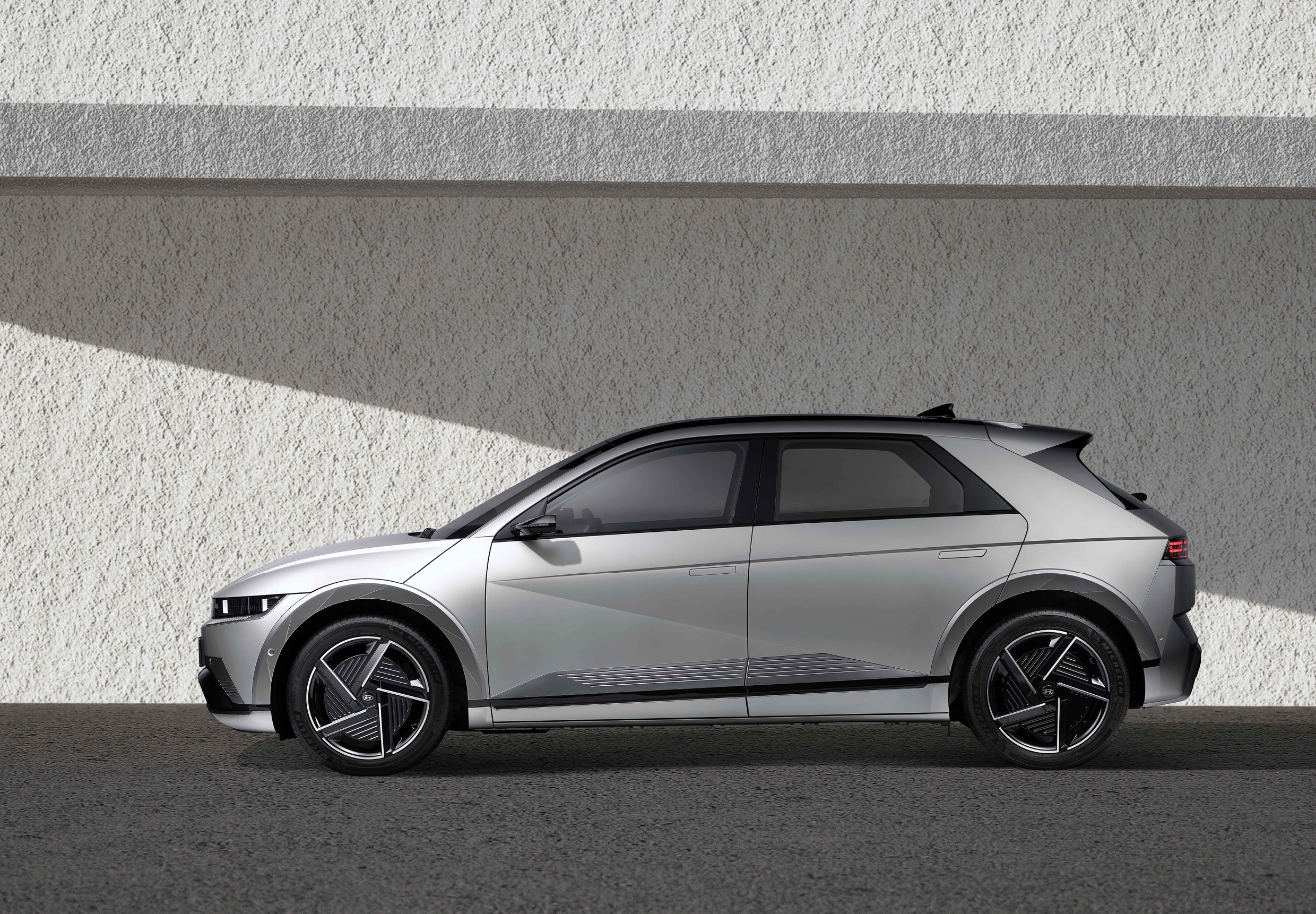
It all started on an online automotive forum, where a video surfaced of an IONIQ 5 with an astonishing 660,000 kilometers (about 410,000 miles) on the clock. The owner shared, "I drove 580,000 kilometers (about 360,000 miles) over 2 years and 9 months without any breakdowns. At that point, Hyundai Motor Group replaced the motor and battery free of charge." To put it in perspective, that's like driving nearly 580 kilometers (360 miles) every single day for 1,000 days straight. Considering rest days, the daily mileage might have been even higher, sparking heated discussions about the authenticity of the claim.
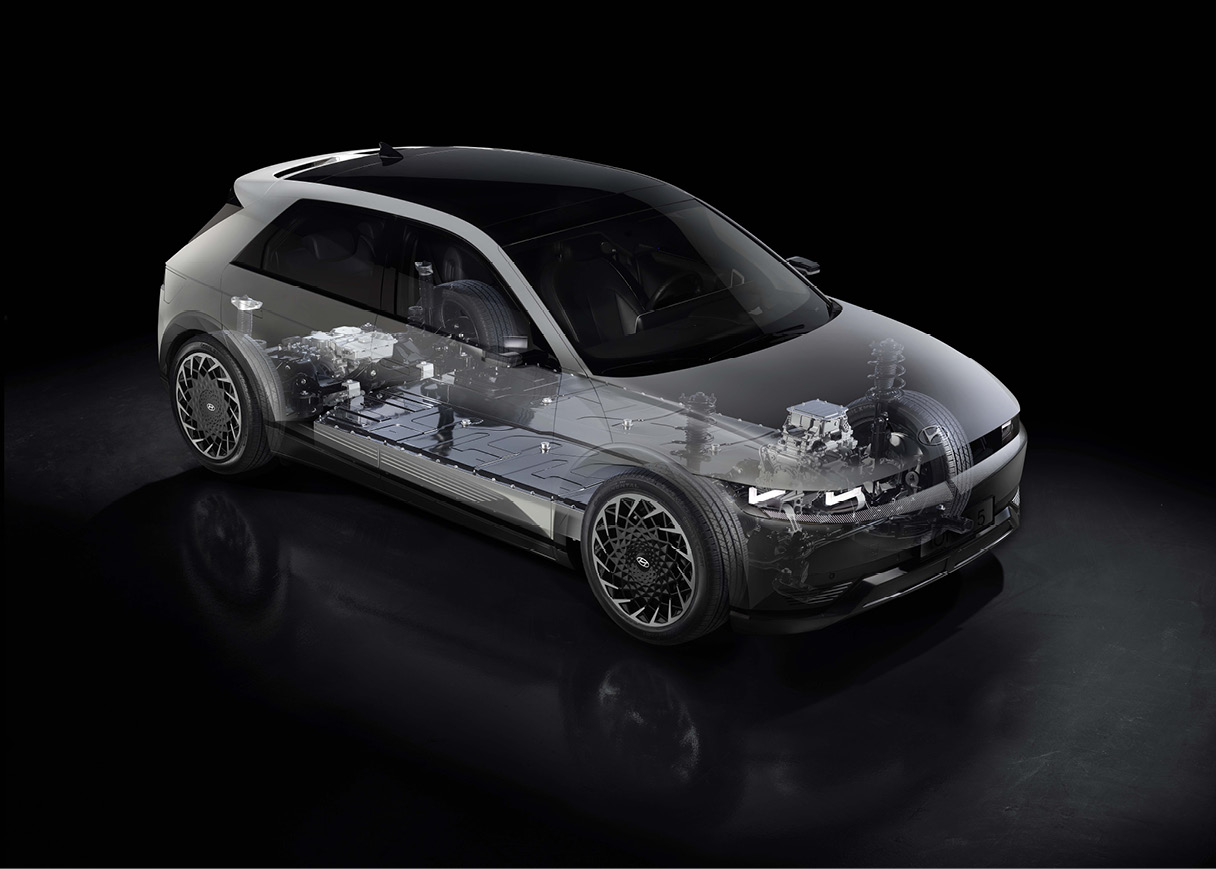
In today’s world, racking up this kind of mileage is entirely possible. Modern cars are far more durable than they used to be, and electric vehicles (EVs) have an even simpler drivetrain setup compared to traditional combustion cars, meaning fewer parts that can fail. Plus, EVs are less of a headache to maintain, making ultra-long-distance driving more realistic and less stressful.
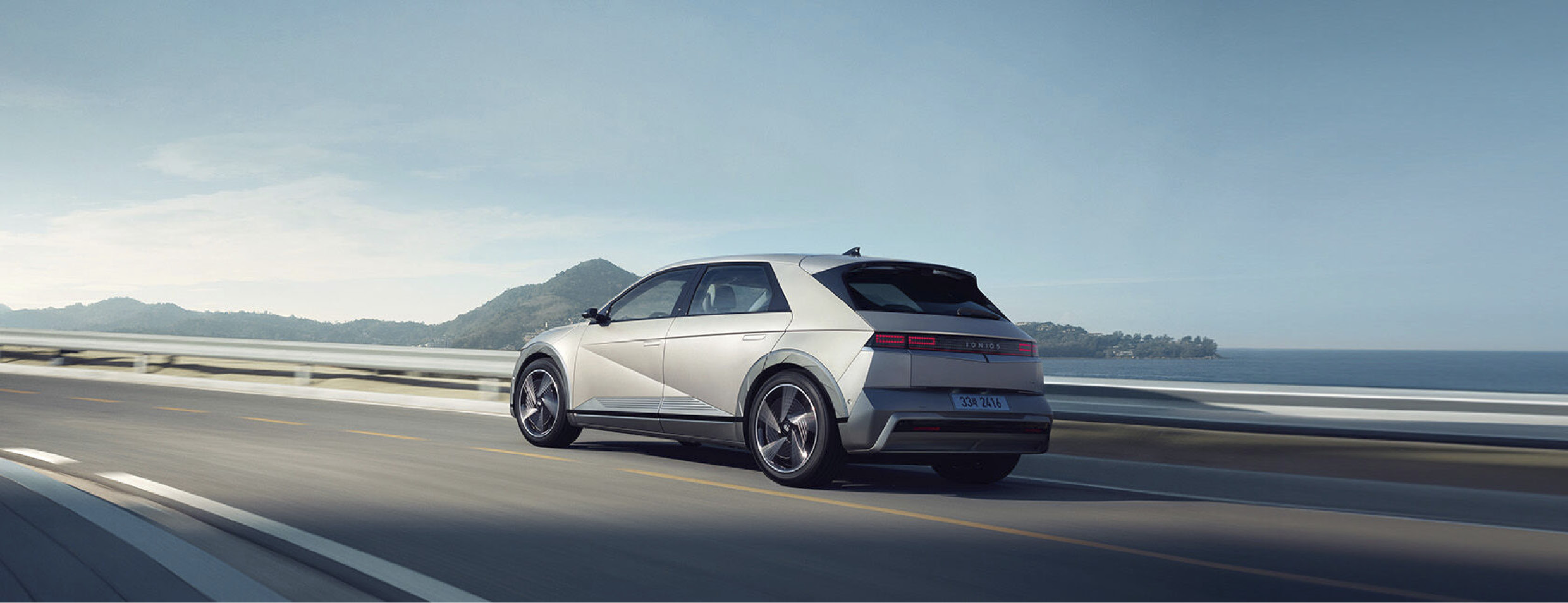
Hyundai took back the high-mileage IONIQ 5 for research purposes, swapping in new battery and motor components. We spoke to Yong-heum Lee, the IONIQ 5’s owner, and Dal-young Yoon, Senior Research Engineer from Hyundai Motor Group’s Battery Performance Technology Development Team, to learn the full story.
Before meeting Lee, we had a few burning questions: why so much driving? And what did he think of his EV? Lee explained, "I work in sales, installing and collecting equipment all over the country." As for why he chose the IONIQ 5, Lee had a clear answer.
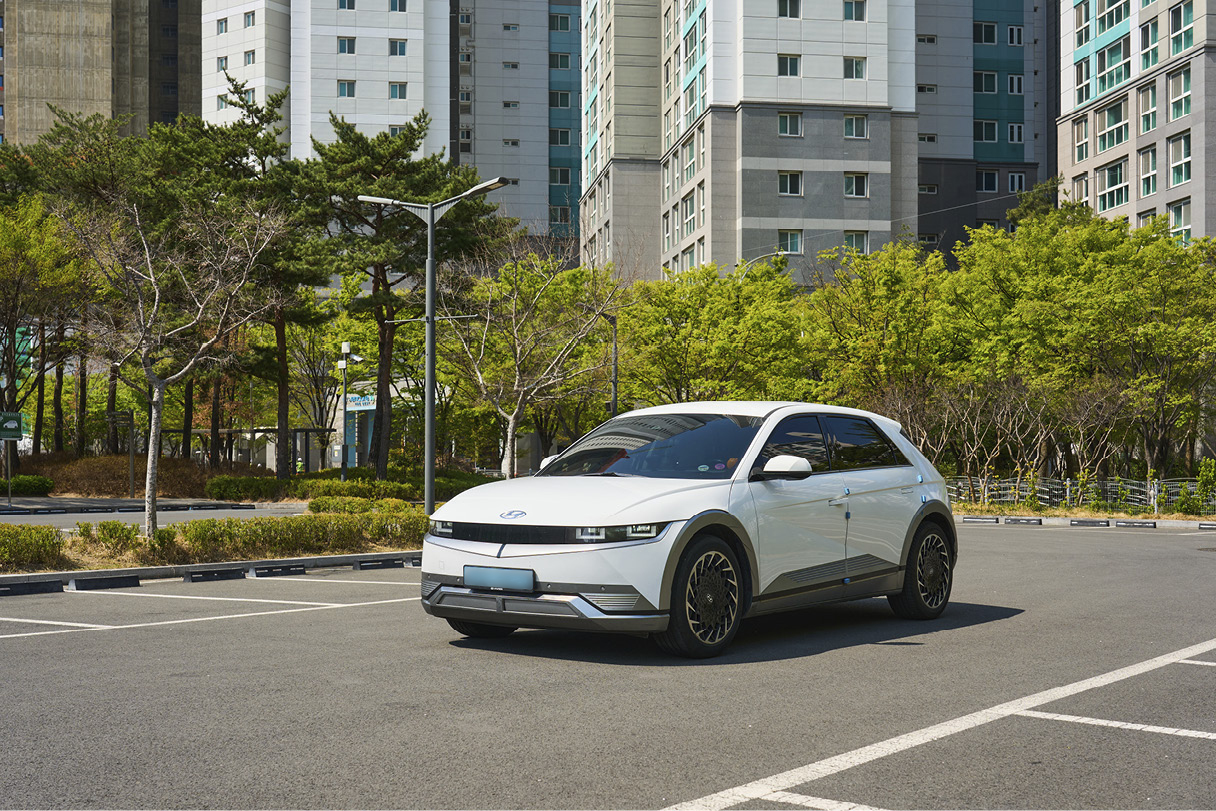
"I started out with a compact car, but when 90% of your driving is highway cruising, you need more power and a smoother ride. I needed something economical, powerful, comfortable, and spacious. The IONIQ 5 checked all the boxes."
He continued, "As someone who remembers the original Hyundai Pony, I loved the retro-modern design of the IONIQ 5. And I chose the Long Range single-motor variant because I needed to drive 800 to 900 kilometers (500–560 miles) a day. Range was everything."
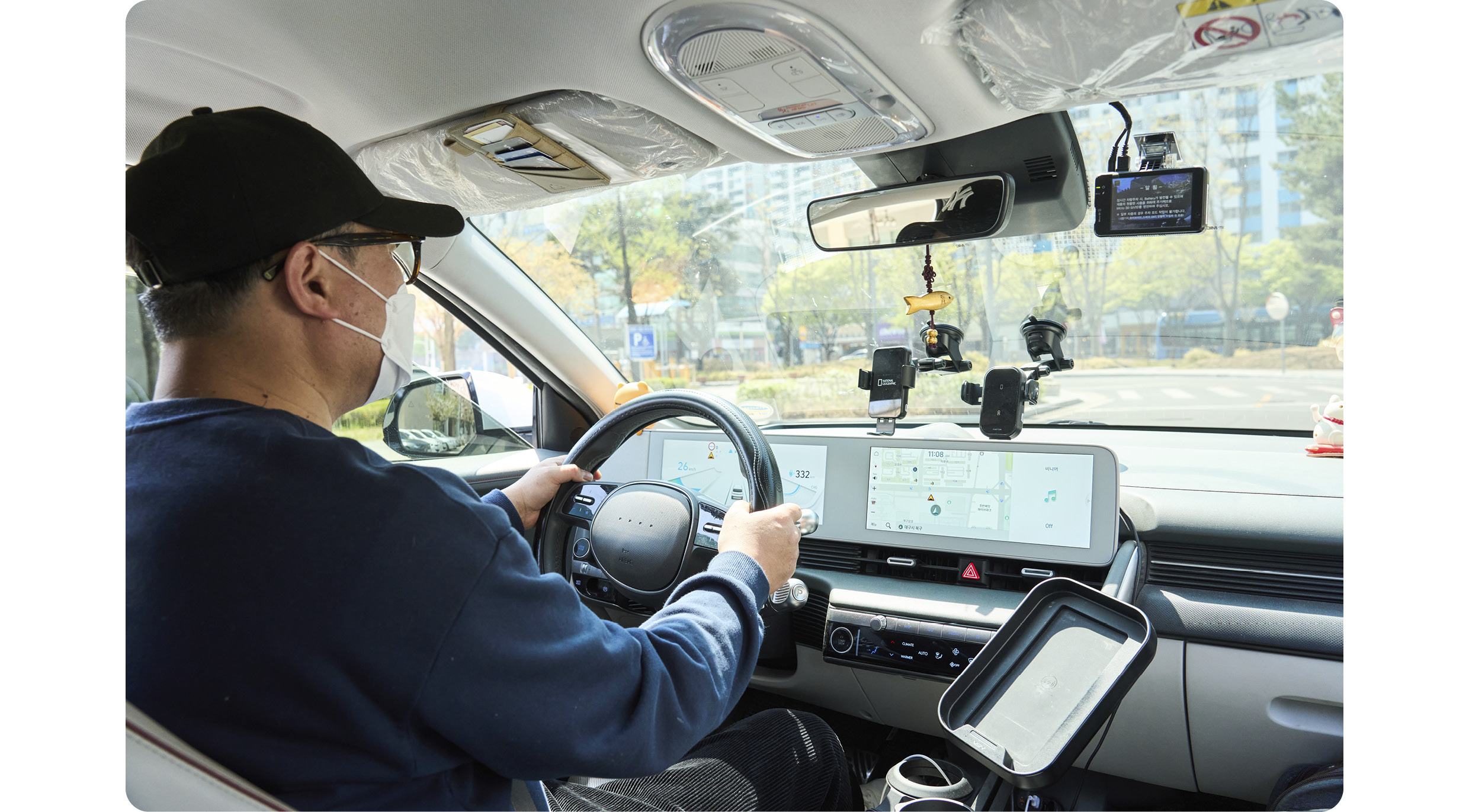
Thanks to the instant torque delivery from its electric motor and the low center of gravity created by the battery’s placement under the floor, the IONIQ 5 offered Lee both spirited acceleration and a planted, comfortable ride. For a man constantly on the move across the nation, it was the ultimate gift set on wheels.
"The IONIQ 5 is fantastic. It’s comfortable, smooth, and easy to drive even for long distances," Lee said. "And the seats? Absolutely outstanding. In my previous cars, my back would ache after a few hours of driving. In the IONIQ 5, I don’t even need a cushion."
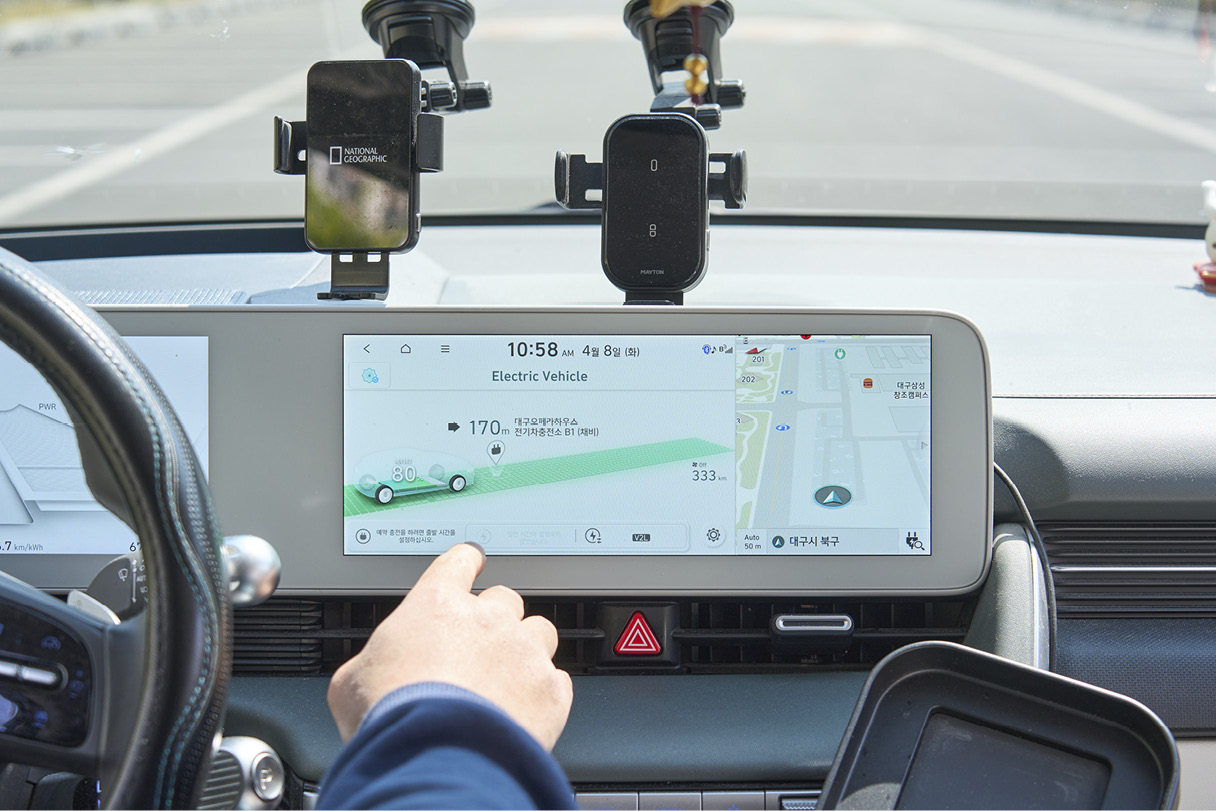
The IONIQ 5’s E-GMP platform also offers an exceptionally spacious interior. Lee was able to load all the necessary equipment and still enjoy a roomy cabin. The quietness of an EV also stood out: "I've listened to almost 900 audiobooks while driving. The cabin is so quiet that it really enhances the listening experience."
Charging, surprisingly, wasn’t much of an inconvenience. "Driving long distances requires regular breaks for safety anyway," Lee explained. "I treated charging stops as mandatory rest breaks."
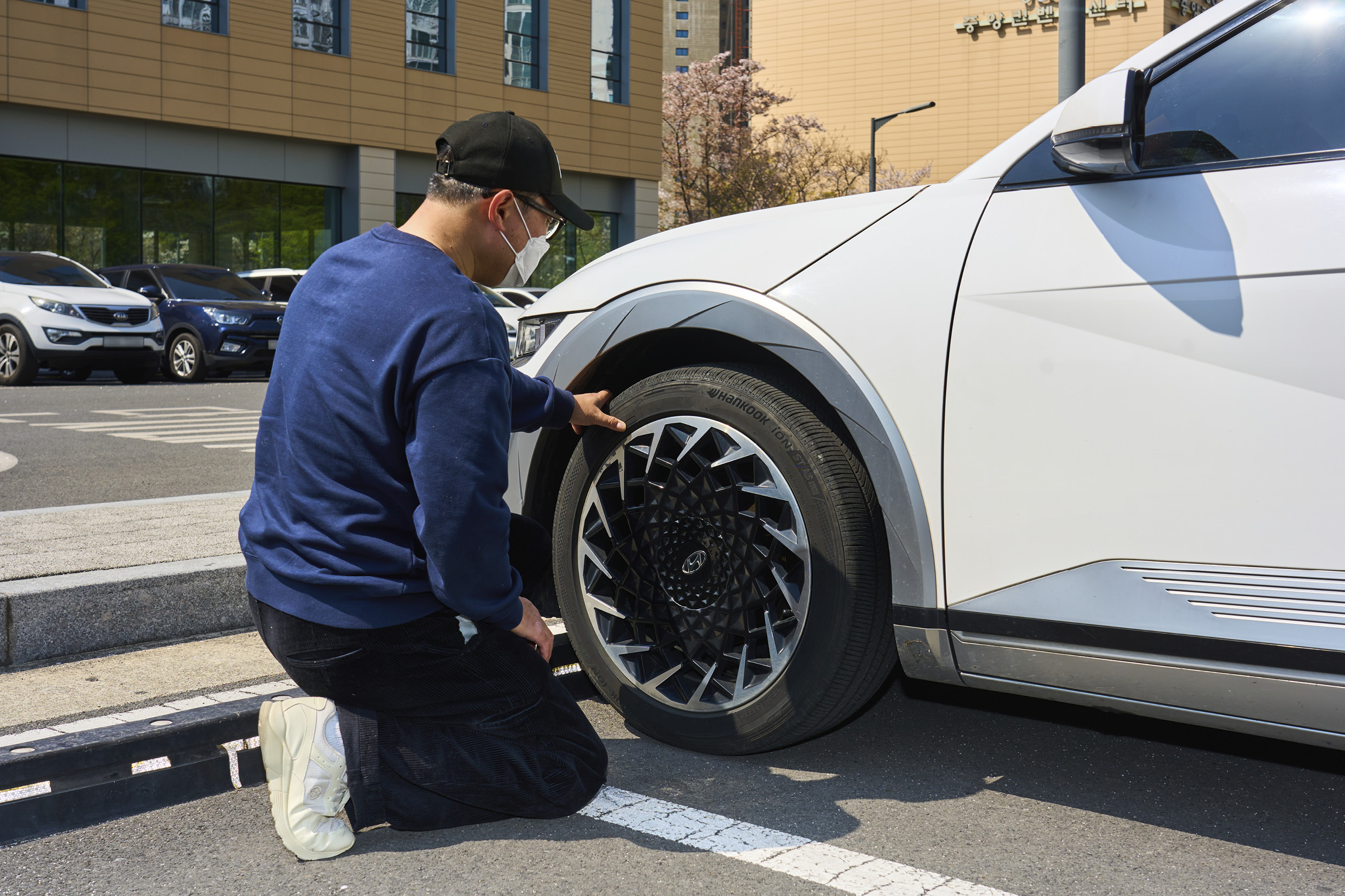
Another big advantage of EVs, according to Lee, is the low maintenance. Compared to internal combustion engine (ICE) vehicles, EVs cost far less to keep on the road and require fewer trips to the service center—something that makes life a lot easier.
“When I drove a gas car, I was changing the engine oil every 15 days,” Lee recalled. “Even the service techs were surprised. And there are just so many components that need replacing based on mileage—engine parts, drivetrain components, you name it. But with the IONIQ 5, I only had to swap out the basic consumables. Thanks to regenerative braking, even the brake pads lasted way longer than they did on my old gas cars.”
To put it into perspective: if Lee had driven 410,000 miles (660,000 km) in a Hyundai Tucson 1.6 Turbo, he would have gone through 66 oil changes, 8 sets of spark plugs, 13 brake fluid flushes, and 11 dual-clutch transmission oil changes—not to mention regular inspections on hoses, belts, and other drivetrain components. That adds up to around 12–13 million KRW (about $9,000–10,000 USD) in maintenance costs. But with the IONIQ 5, all he did was change the reduction gear oil and brake fluid every 100,000 kilometers—spending roughly 1.5 million KRW ($1,100 USD) total. That’s a savings of over $8,000, just on maintenance alone.
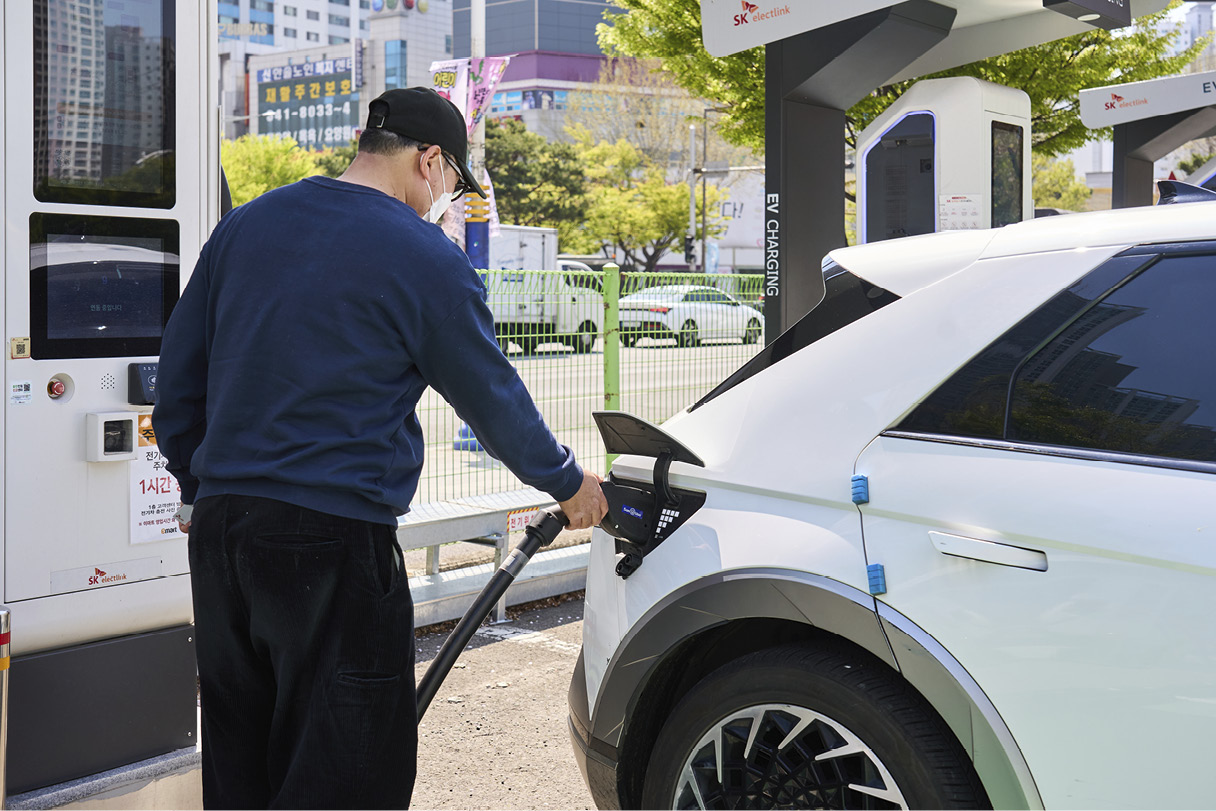
The savings don’t stop at maintenance—fuel costs tell an even more dramatic story. If Lee had driven 660,000 kilometers (roughly 410,000 miles) in a gas-powered Hyundai Tucson 1.6 Turbo, he would’ve spent nearly 80 million won (around $58,000 USD) on fuel alone over the last three years, based on Korea’s average gas price of 1,702 won per liter and the Tucson’s highway efficiency of 13.9 km/l. But Lee’s IONIQ 5 Long Range single-motor variant gets about 4.6 km/kWh on the highway. With a fast-charging cost of 347.2 won per kWh using Korea’s 100kW-class government chargers, his total charging cost comes in at around 50 million won (about $36,000)—a difference of nearly 30 million won, or over $20,000. And if he used a charging subs-cription service, the savings would be even greater.
Lee emphasized just how much he appreciated those savings. In fact, over nearly three years and 660,000 kilometers, he only faced one minor issue that required service. “After passing 650,000 kilometers, I noticed the car wouldn’t accept a slow charge anymore,” he said. “At the service center, they told me the On Board Charger (OBC) had simply reached the end of its life—probably due to all the miles—and had essentially ‘died of old age.’”
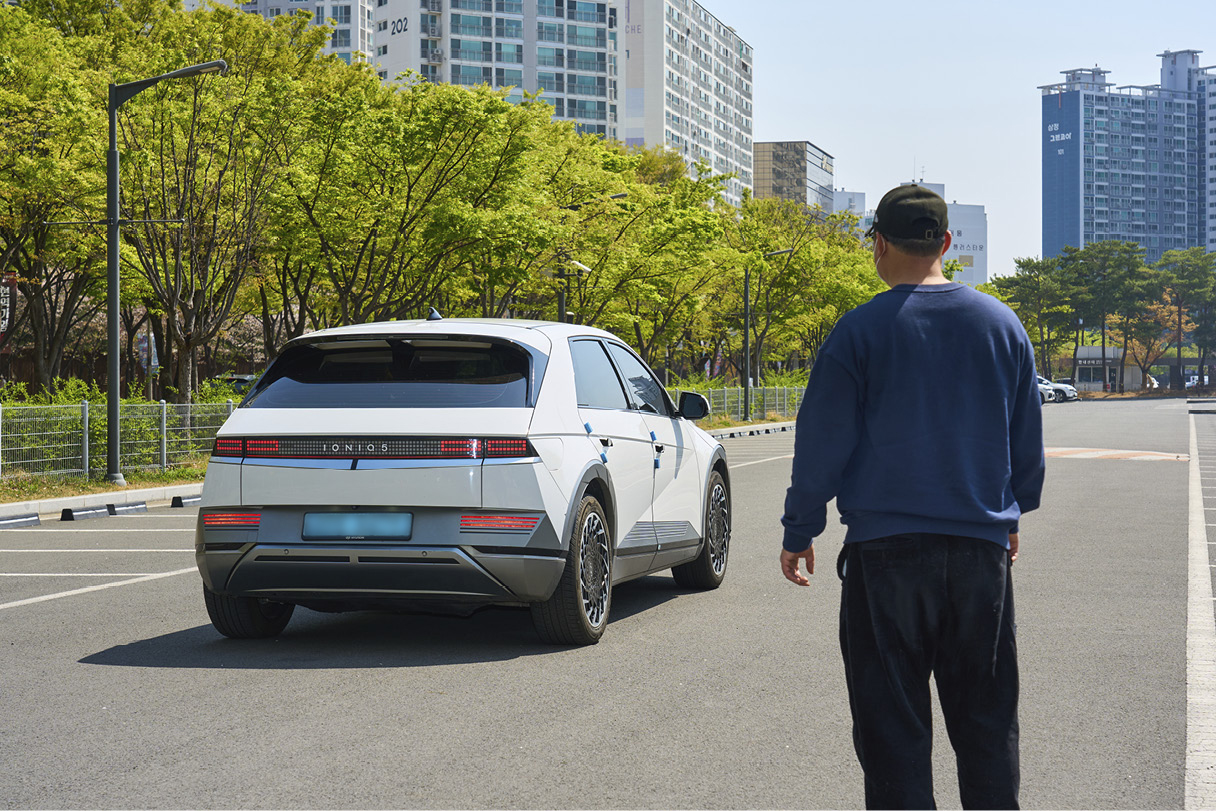
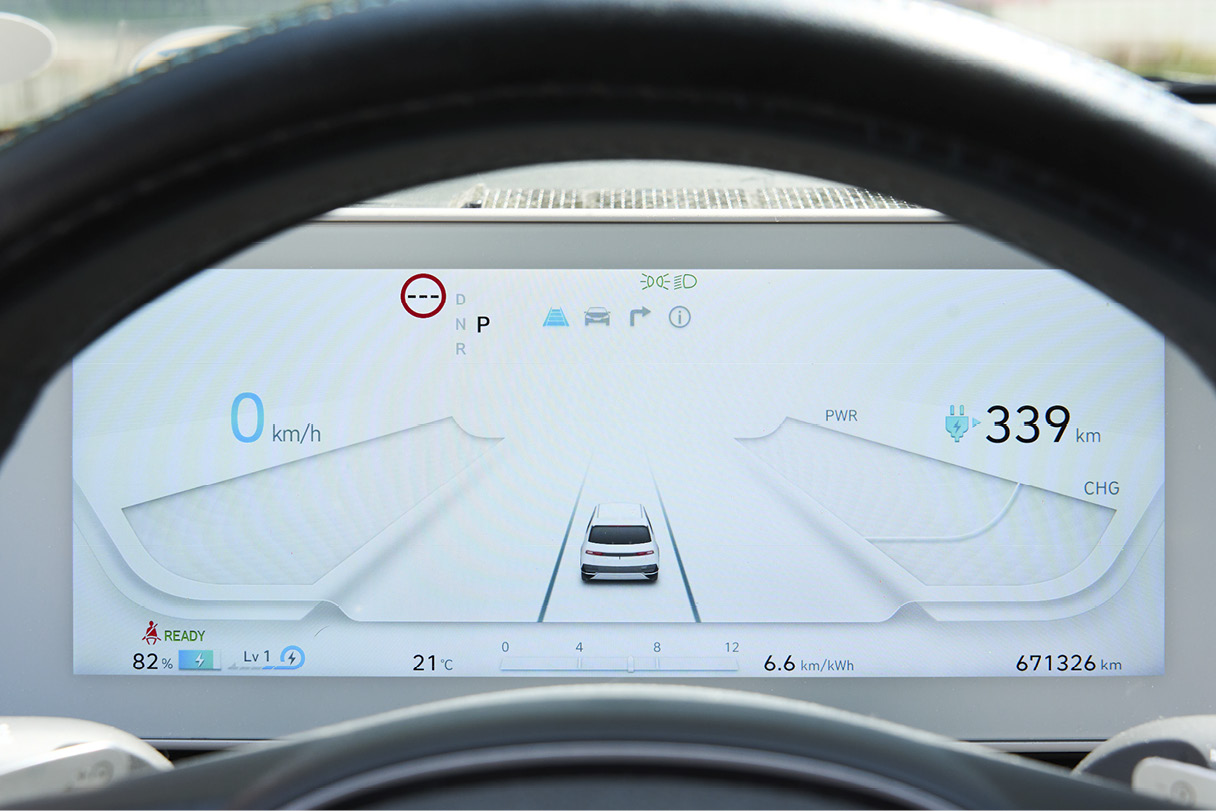
When we checked his odometer that day, the display read over 670,000 kilometers. But Lee said that figure would likely start rising more slowly. He recently changed careers, so he no longer spends every day on the road. Still, his affection for the IONIQ 5 remains rock solid. “I really fell in love with this car,” he said. “My next one will definitely be another Hyundai EV.” For Lee, the IONIQ 5 isn’t just a car. It’s a companion that’s been with him every step—on highways, through cities, and across hundreds of thousands of kilometers.
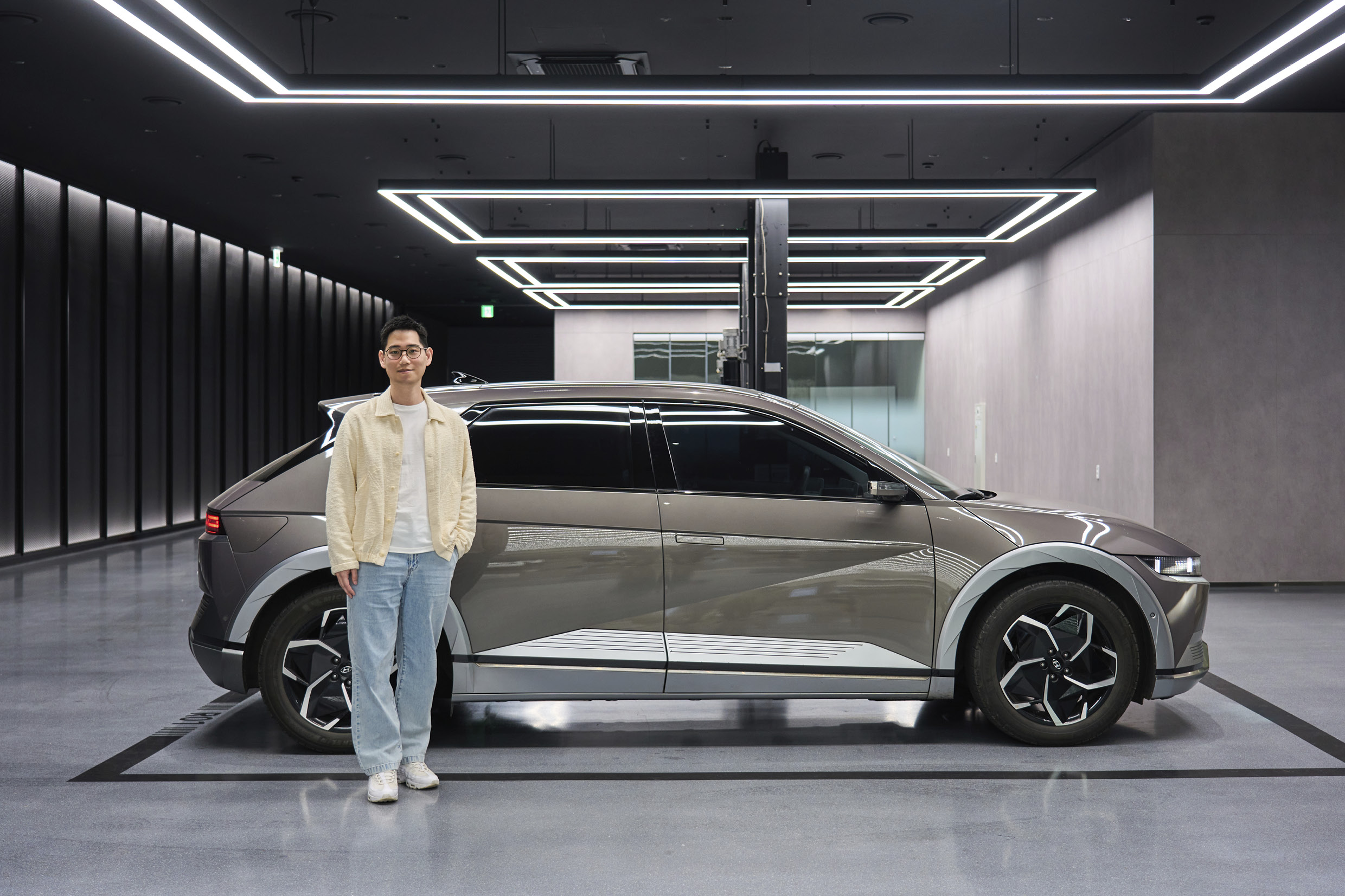
How exactly did this IONIQ 5 drive nearly 600,000 kilometers without a hiccup? To find out, we sat down with senior research engineer Dal-young Yoon of Hyundai Motor Group’s Battery Performance Technology Development Team. Yoon leads projects focused on battery durability modeling and predictive technology for EVs.
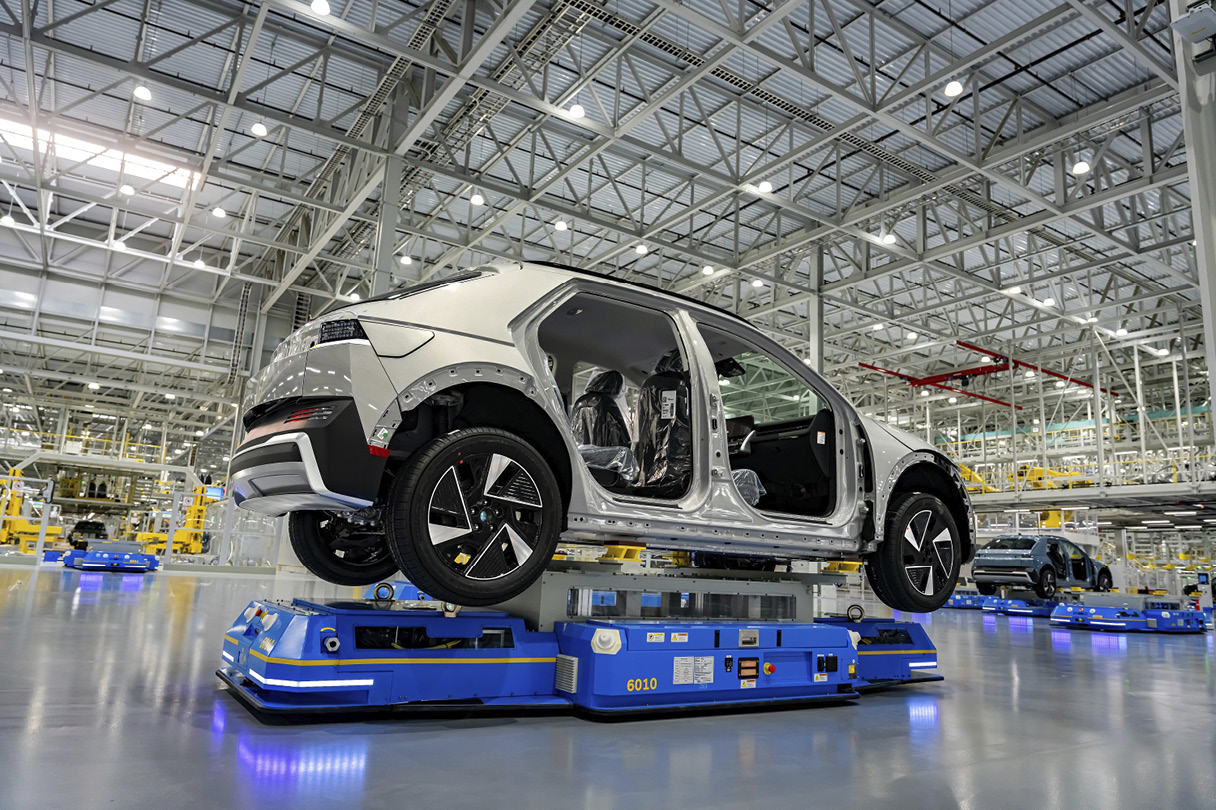
“The story around this IONIQ 5’s battery and motor replacement definitely got attention,” said Yoon, “but our team has been studying high-mileage EV components like these for quite a while. We create durability prediction models when developing new batteries, and we compare those models against real-world data to ensure accuracy. It’s not a one-off process—we monitor vehicles with high mileage across each battery generation. With the IONIQ 5, we had a chance to evaluate one of the highest-mileage examples on record, so we reached out.”

Data collection, he says, is critical. “We put every collected battery through a rigorous series of evaluations,” he explained. “The data informs not just how we design new batteries, but how we refine our durability models and engineering guidelines. Gasoline cars have the benefit of decades of historical data. We need to build the same foundation for EVs.”
Data collection, he says, is critical. “We put every collected battery through a rigorous series of evaluations,” he explained. “The data informs not just how we design new batteries, but how we refine our durability models and engineering guidelines. Gasoline cars have the benefit of decades of historical data. We need to build the same foundation for EVs.”
Despite logging 580,000 kilometers in just 33 months, Lee’s IONIQ 5 still retained 87.7% of its original battery health (SoH). That’s exceptional—especially compared to complaints from EV owners in other countries about rapid battery degradation. So what’s Hyundai Motor Group’s secret to long-lasting EV batteries? According to Yoon, it starts with how the batteries are engineered - especially for the durability targets.
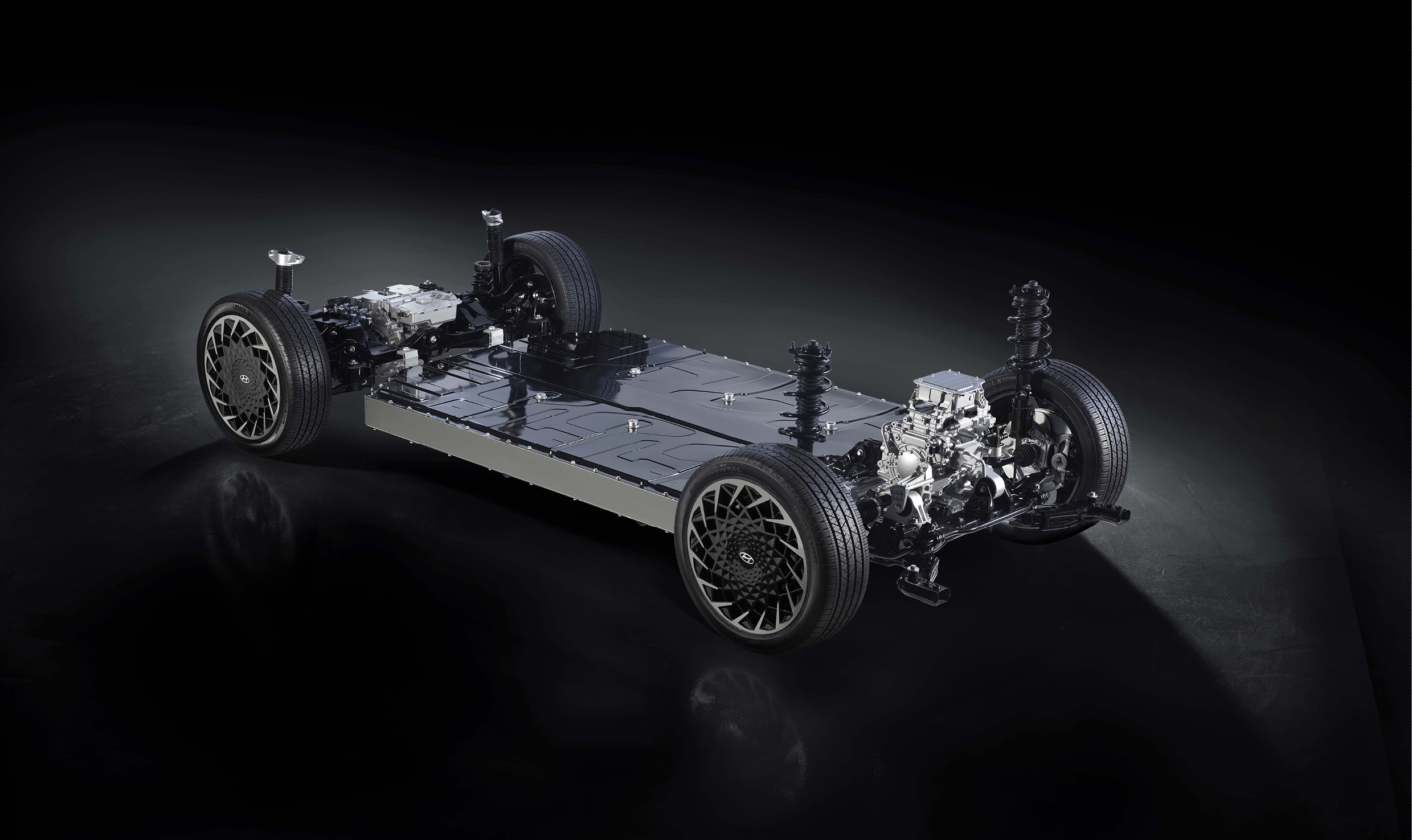
“Our durability targets far exceed warranty requirements,” he said. “We design for worst-case scenarios—because even though most EV buyers think of passenger cars, there are plenty of commercial users out there. So we build our batteries to withstand long-distance, high-stress usage. That philosophy held true when we tested Lee’s IONIQ 5 battery—it matched our durability model almost exactly.”
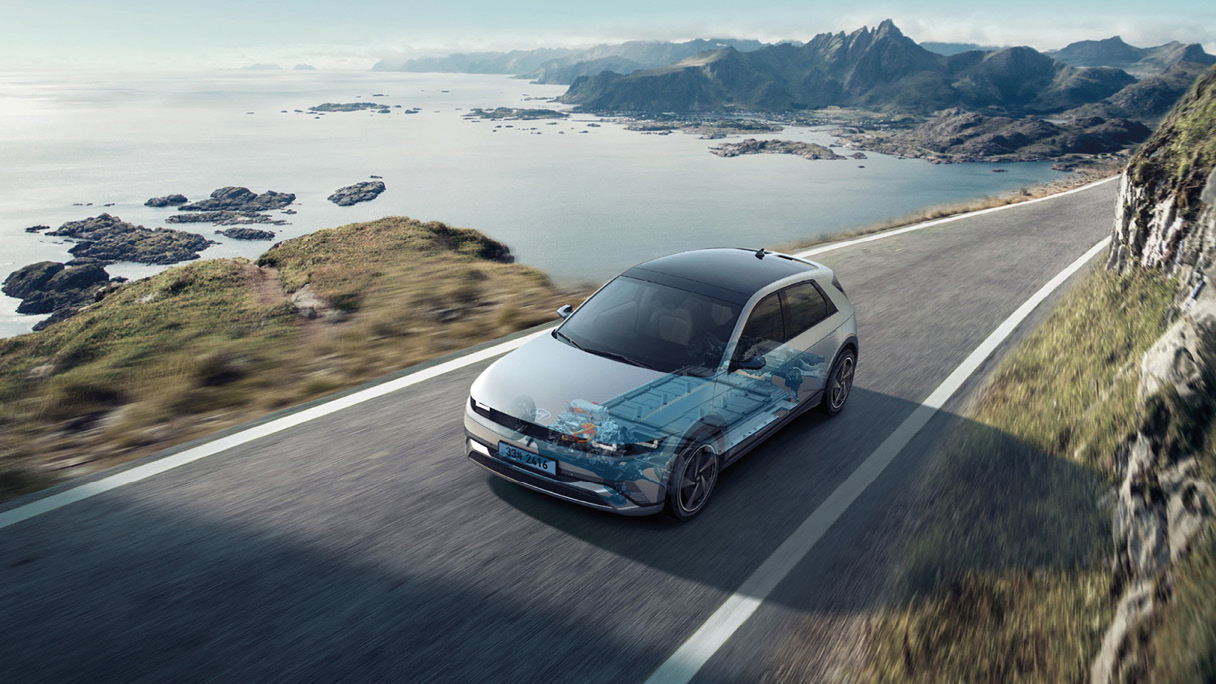
Yoon noted that battery aging is driven by two main factors: mileage and time. “Even if the car isn’t driven, there’s a natural, microscopic decline in performance,” he said. “So in Namyang R&D Center, we run all types of durability tests—charging and discharging cycles, long-term storage simulations—to account for every condition an EV might face.”
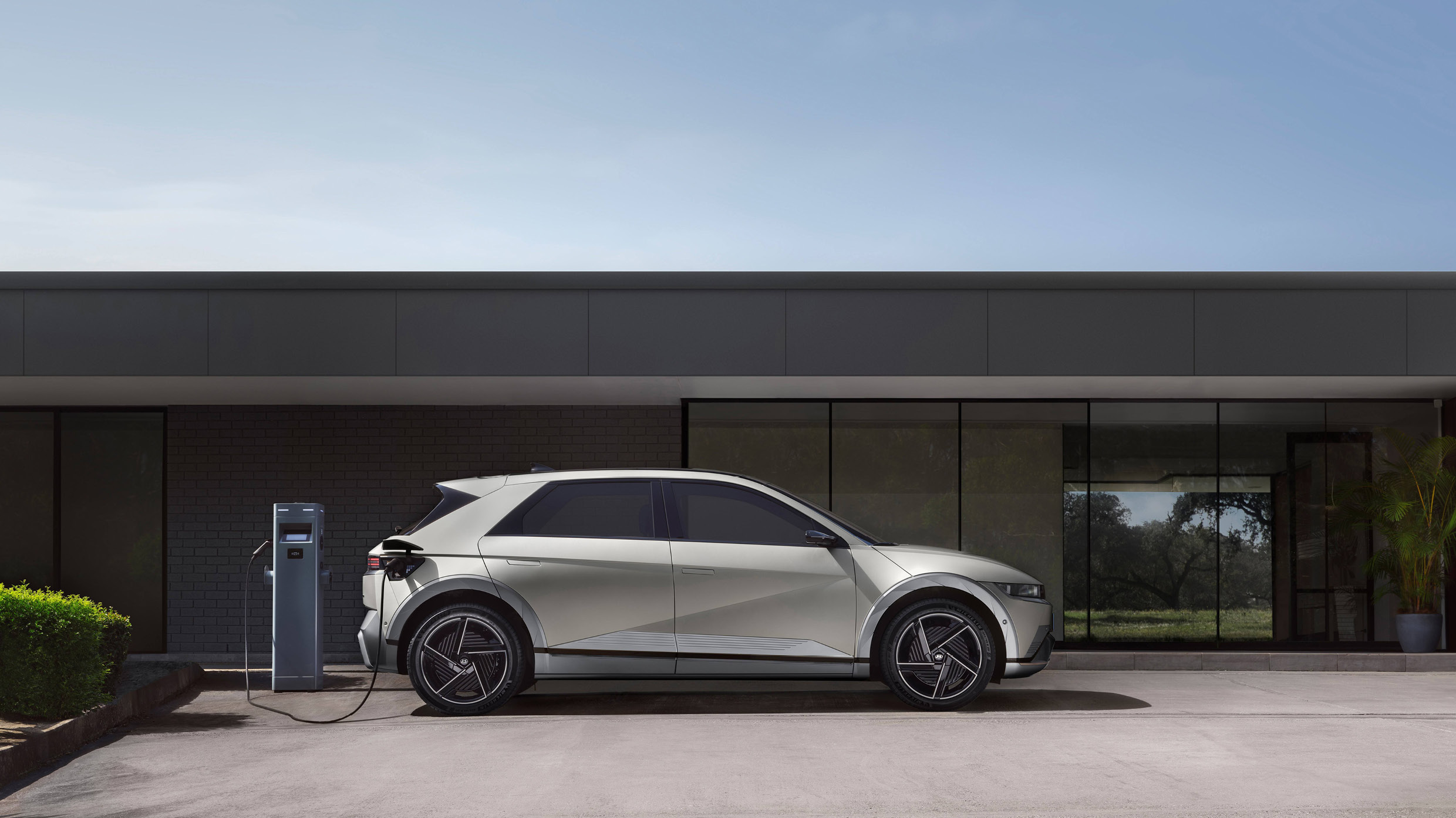
Of course, one major concern for many EV drivers is fast charging. Some believe it wears out the battery faster. Since Lee used fast chargers almost exclusively, we asked if that hurt his battery’s longevity.
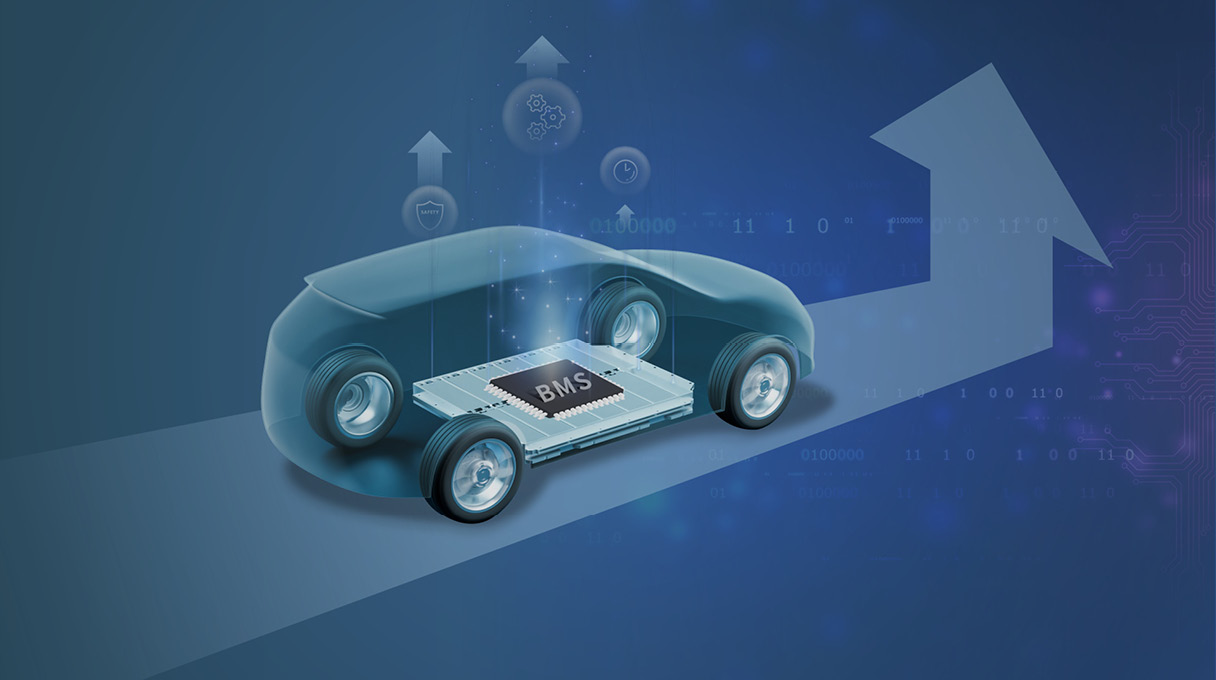
“It’s true that fast charging can affect battery life—but it doesn’t always,” said Yoon. “At HMG, we engineer our batteries to perform under the harshest conditions, including frequent fast charging. Our Battery Management System (BMS) constantly monitors each cell, balances them, and optimizes charging. As long as you stay within a 10–80% state of charge range, you’ll maintain optimal performance.”
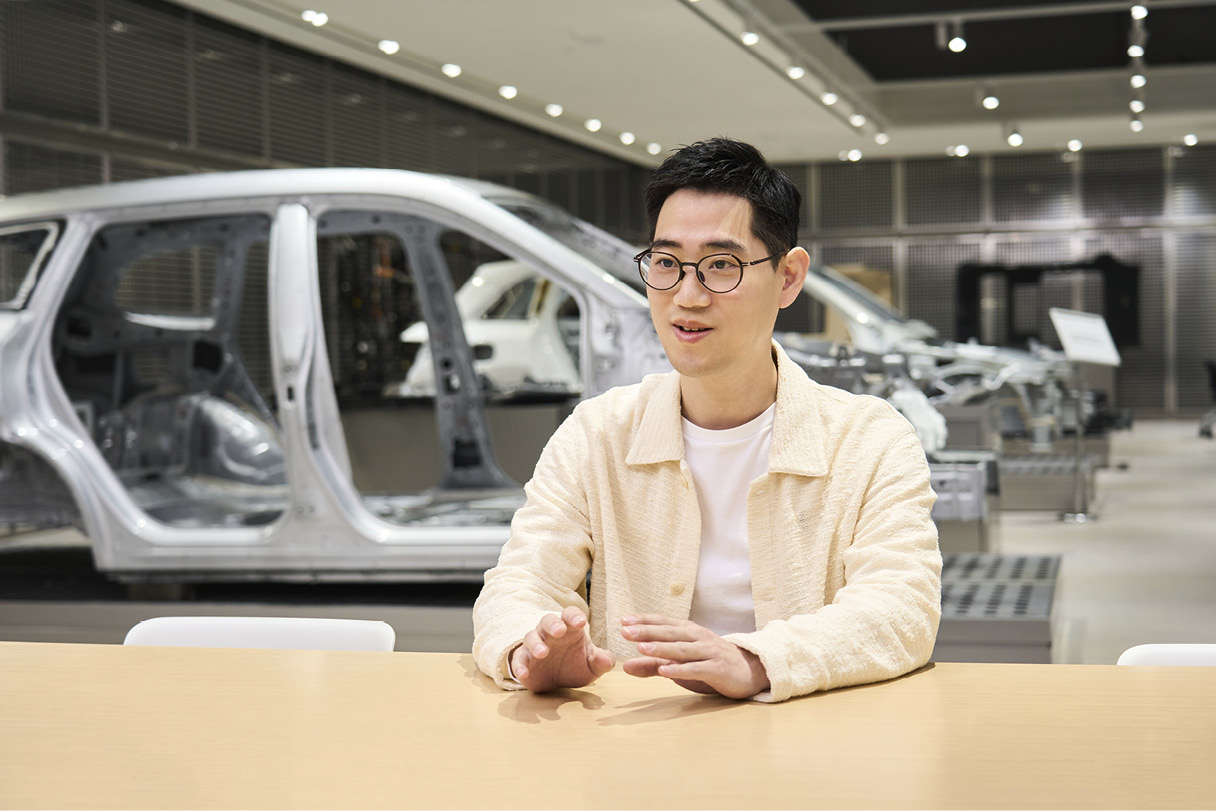
Yoon continued, “We’ve been developing EV, hybrid, and fuel cell technology for a long time now, and we have the ad-ded advantage of working with Korea’s top battery manufacturers. But the real key isn’t just having great hardware—it’s about unlocking 100% of its potential through great engineering.”
“Even two EVs with the same battery can perform differently depending on the automaker. That’s why HMG vehicles have earned a reputation for best-in-class execution. Our team’s mission is to deliver top-tier performance, safety, and longevity in every battery system we make. And I believe that mission is shared by every engineer across HMG.”
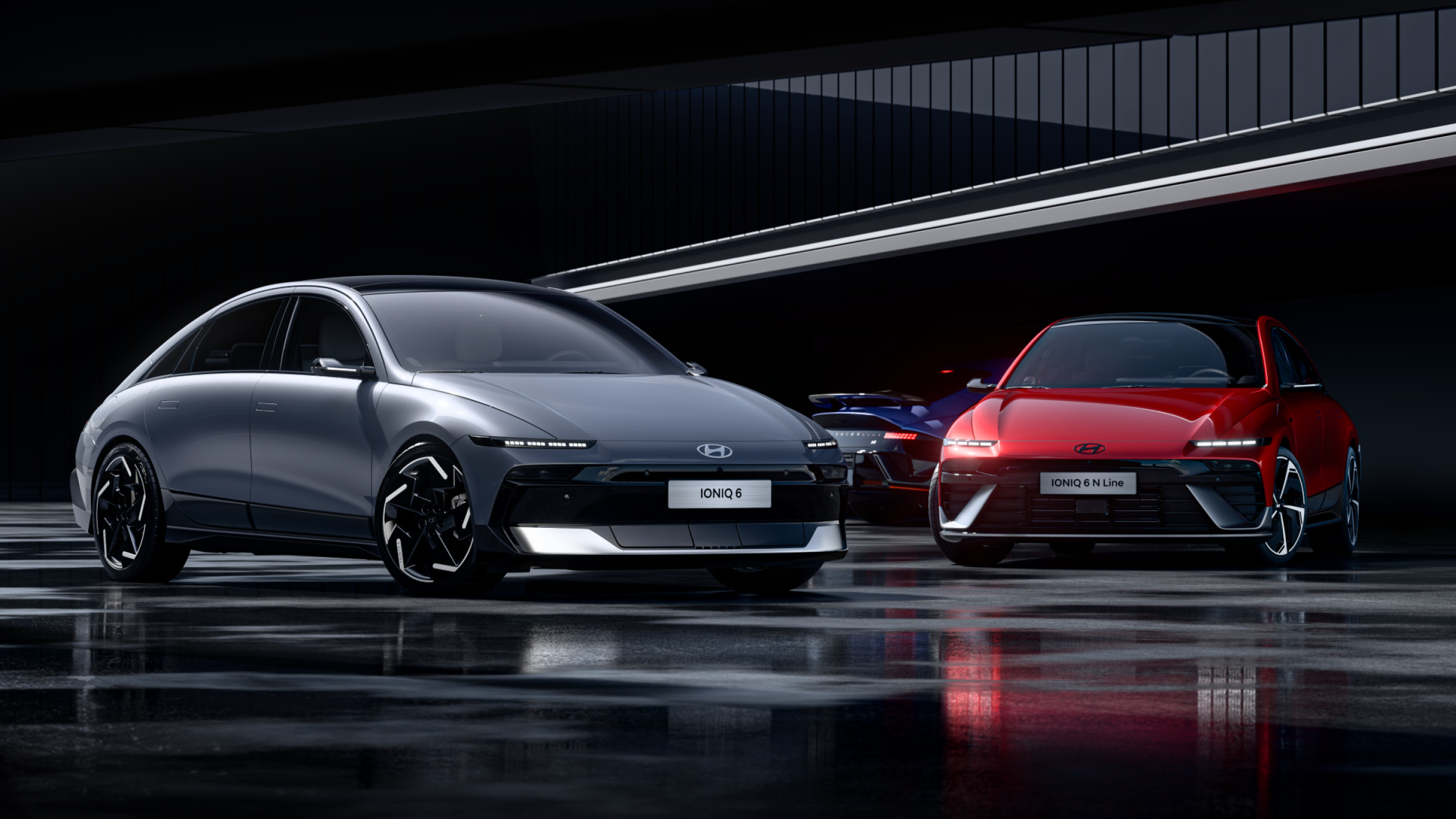
Every vehicle Hyundai Motor Group builds is created with the customer in mind. Over the years, HMG has consistently raised the bar—delivering better durability, safety, and driving comfort with each new model.
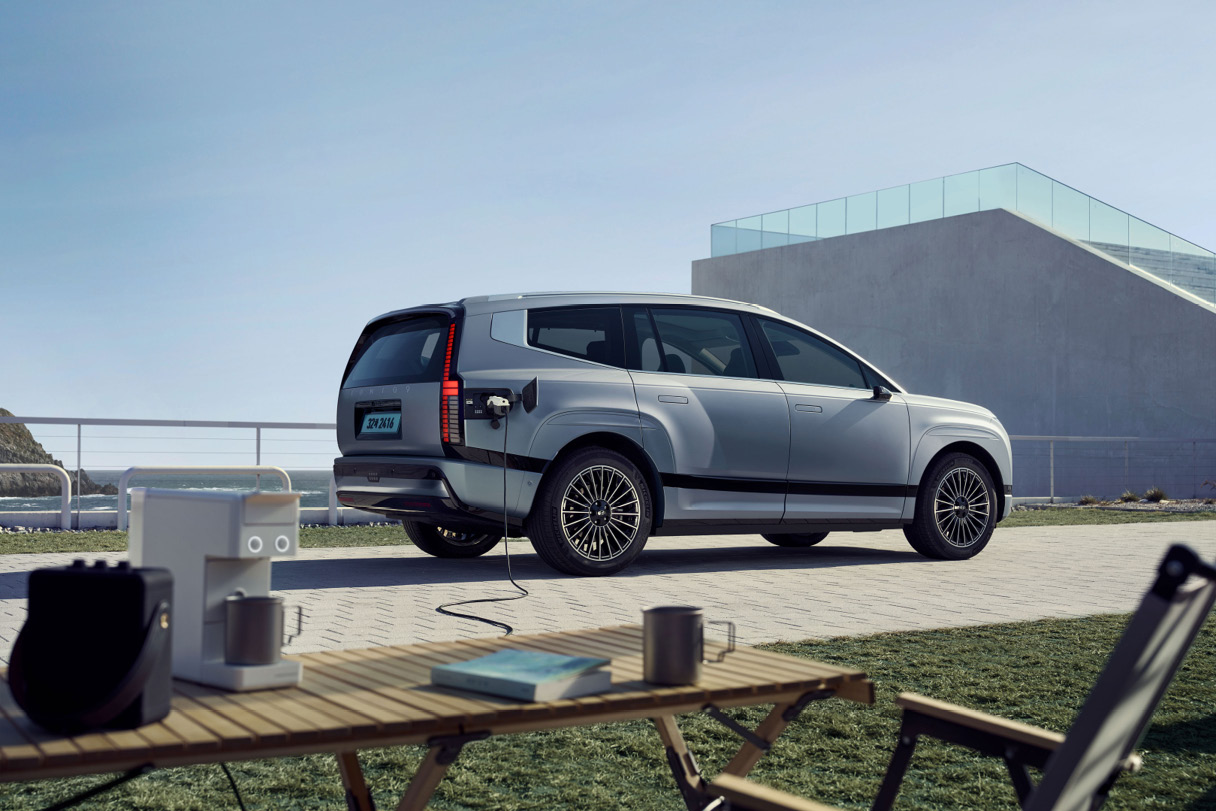
And that commitment isn’t slowing down in the EV era. HMG continues to invest in advanced EV technologies and build vehicles that are more than just eco-friendly—they’re partners in your everyday life. The goal isn’t just to replace gas cars—it’s to create electric vehicles that customers want to stick with for the long haul. And it’s safe to say they’re well on their way.
Photography by Hyuk-soo Cho
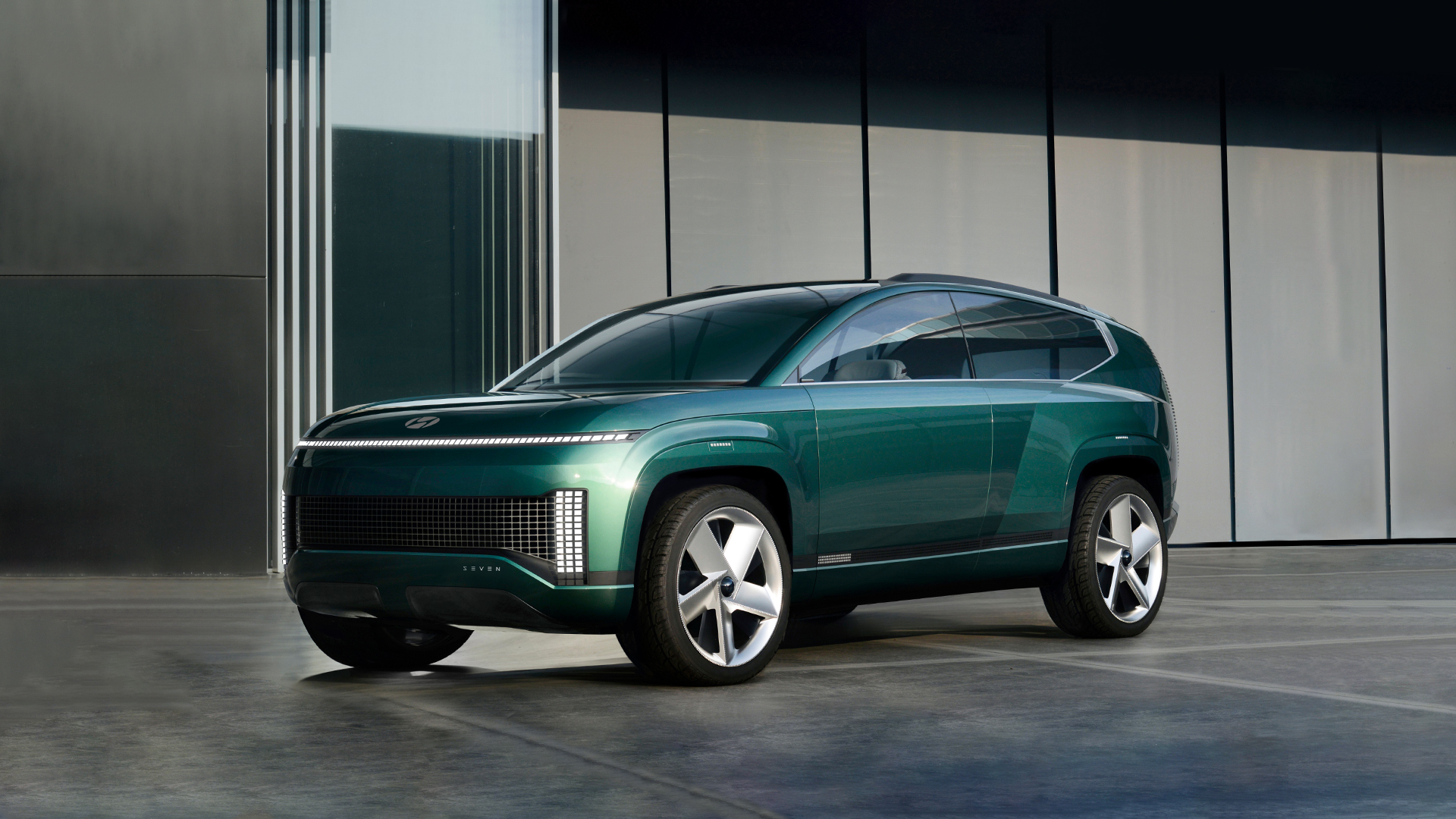
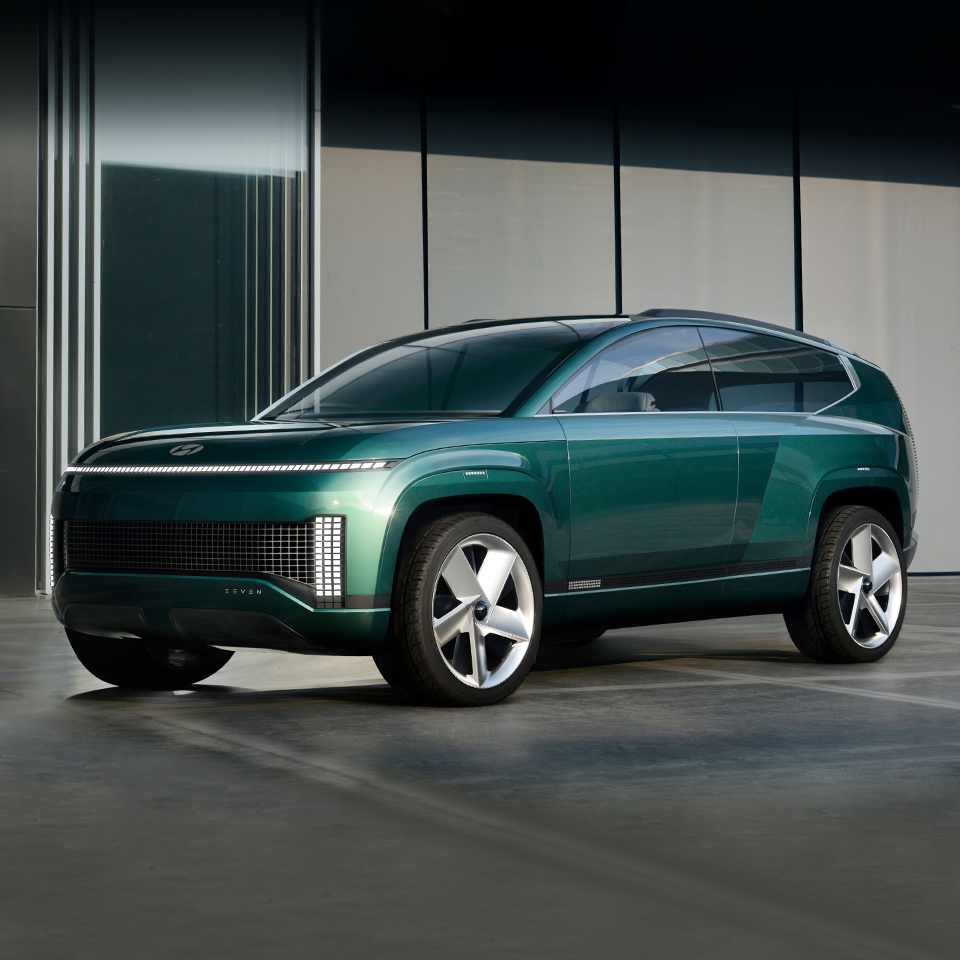
Is It the Era of The Electric Car?
2021.12.28 12min read